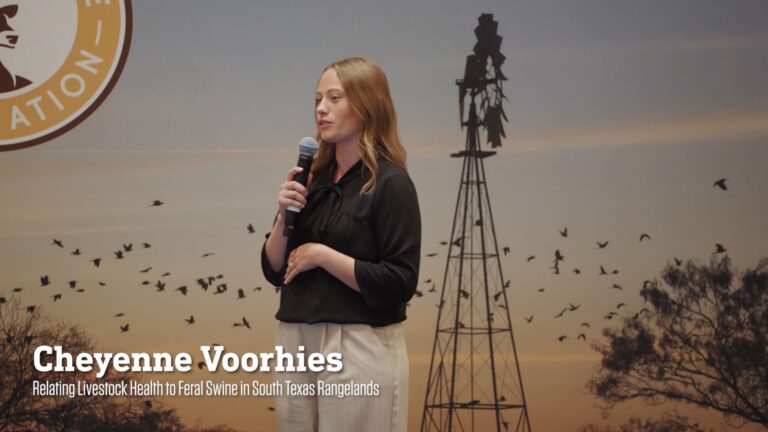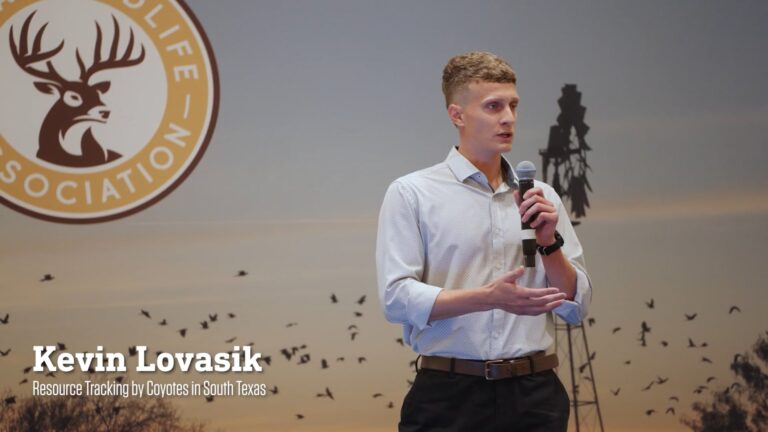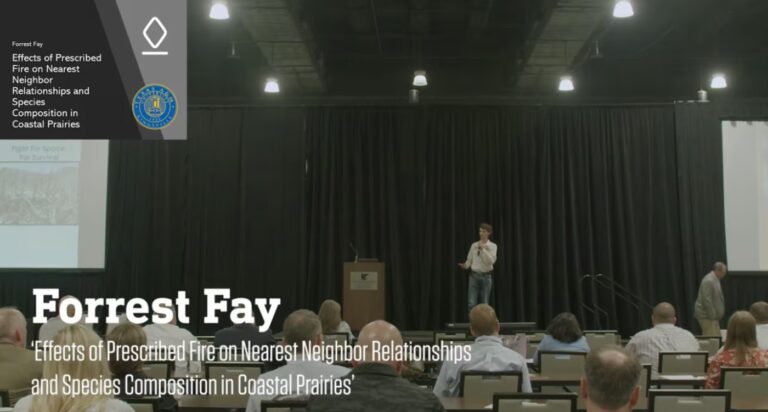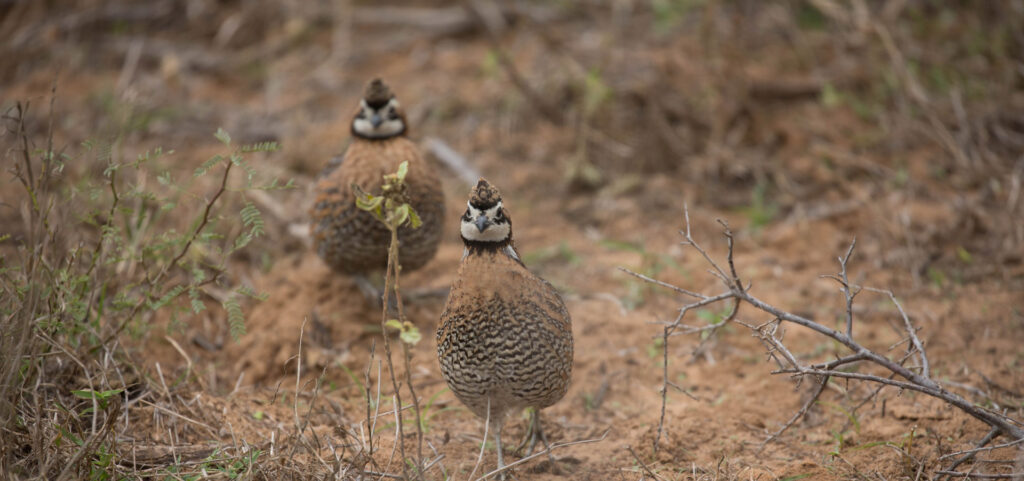Three Minute Thesis
Three Minute Thesis (3MT) is a research communication competition that challenges graduate students to make an impactful three-minute presentation on their research topic and its significance. Students who participate develop academic, presentation, and research communication skills and the ability to explain their research to a non-academic audience.
3MT COMPETITION INFORMATION
Competition Overview, Categories, and Awards
The 8th Annual East Foundation Three Minute Thesis competition will be held on Thursday, July 10, 2025, in San Antonio at the Texas Wildlife Association’s Private Land Summit. It will be followed by a social, which will serve as the Q&A opportunity for presenters. We look forward to students participating in 2025.
The 3MT competition helps develop academic, presentation, and research communication skills, especially the capacity to explain their research to a non-academic audience. The audience wants to know what students did, why they did it, and what the outcomes are in terms of significance, importance, and relevance. We encourage students to avoid unnecessary academic and scientific jargon, acronyms, and statistical tests to help convey that they are capable both as researchers and communicators. East Foundation’s 3MT competition provides the opportunity to present to a diverse audience of knowledgeable, interested persons, great networking, and exposure to a variety of constituents.
There are two categories in our competition: General Research and Proposed Research.
General Research presentations are based on active or completed projects – the audience wants to know what students are up to.
Proposed Research presentations may be either ideas for “next steps” in a current research area, or innovative ideas that address an important question or issue related to our mission – a great way to communicate about new ideas and opportunities.
This year we’re planning to award three prizes. Two will be awarded immediately following the competition.
People’s Choice Award
$1,500
The People’s Choice Award is judged by the audience in the room—peers, colleagues, university faculty, and other guests from across Texas.
Judge's
Award
$1,500
A panel of interdisciplinary guest judges determines the Judge’s Award.
Directors’ Choice Award
$2,500
Following the competition, the East Foundation Board of Directors will select one presentation to receive the Director’s Choice Award – they are senior-level leaders with a deep understanding of cattle ranching, land management, wildlife conservation, business, and management.
Additional Information
Rules
A single static PowerPoint slide is permitted. No slide transitions, animations, or movement of any kind. The slide is to be presented from the beginning of the oration.
Additional electronic media (e.g., sound and video files) are not permitted.
Additional props (e.g., costumes, musical instruments, laboratory equipment) are not permitted.
Presentations are limited to three minutes. Presentations exceeding three minutes are subject to disqualification at the discretion of the judges.
Presentations are to be spoken word (e.g., no poems, raps or songs).
Presentations are to commence from the stage.
Presentations are considered to have commenced when a presenter starts their presentation through movement or speech.
The decision of the judges is final.
Judging Criteria
Each of the three judging criteria have equal weight and all emphasize audience understanding.
- Communication Style – Was the thesis topic and its significance communicated in language appropriate to an intelligent but non-specialist audience?
- Comprehension – Did the presentation help the audience understand the research?
- Engagement – Did the presentation make the audience want to know more?
East Foundation reserves the right to make no awards if presentations do not meet the minimum judging criteria.
Three Minute Thesis
Year
Type of Awards
Tags
Management Bulletins
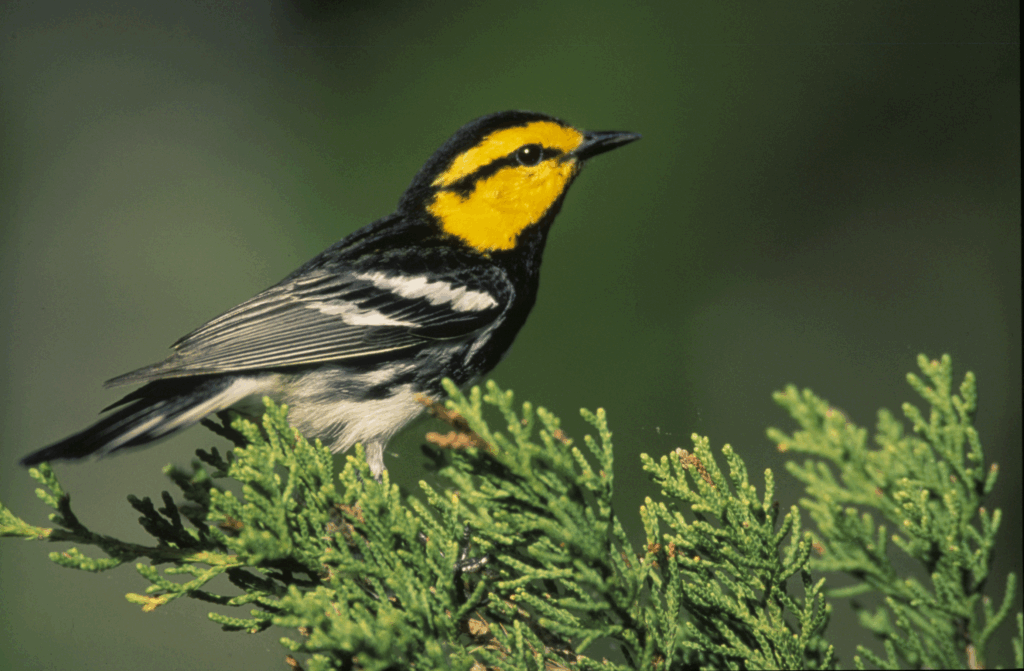
- 11.18.25
Management Bulletin No. 13: Economic Incentives for At-risk Species Management on Private Lands

- 11.13.25
Management Bulletin No. 12: Non-permitting Approaches for Landowners to Obtain Endangered Species Act Assurances

- 03.31.25
Management Bulletin No. 11: Permitting Approaches for Establishing Endangered Species Act Assurances on Private Lands
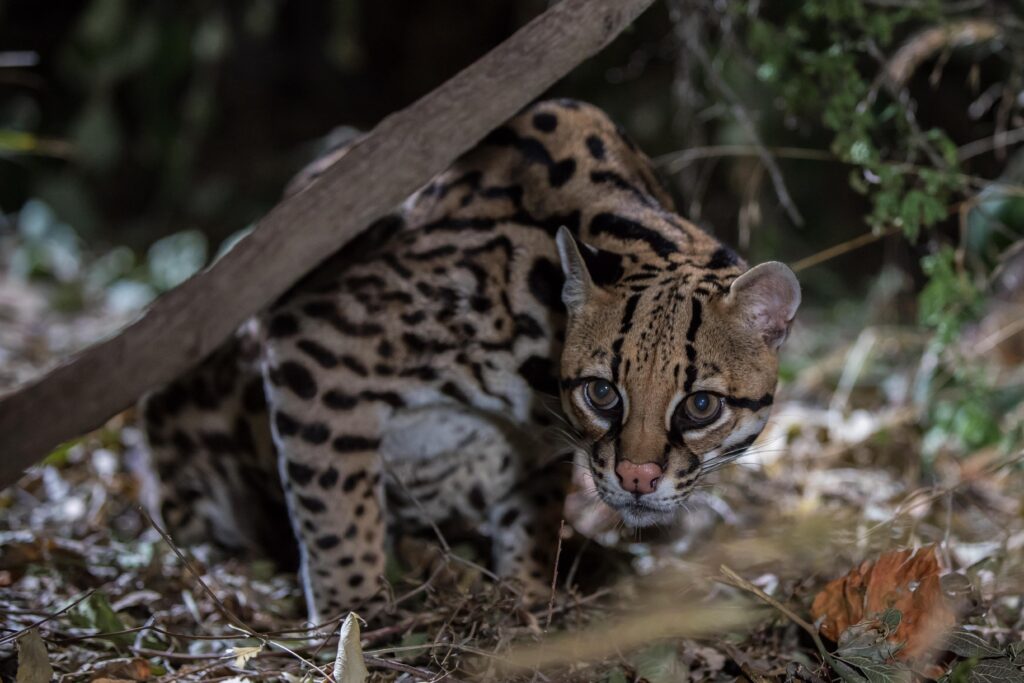
- 03.28.25
Management Bulletin No. 10: Endangered Species Act Information for Private Landowners – An Introduction
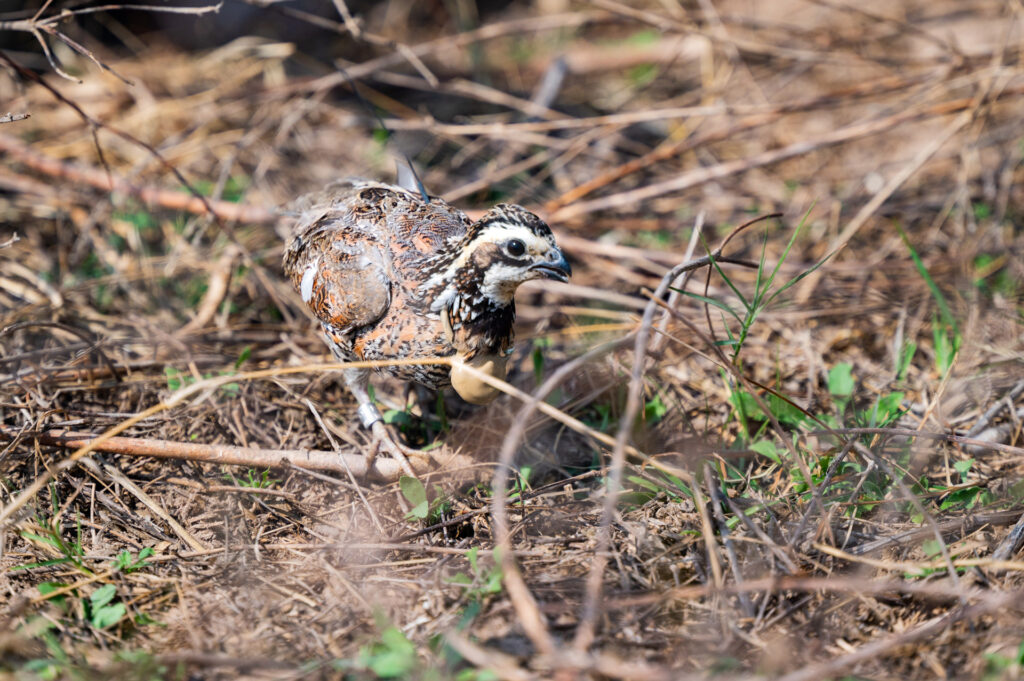
- 08.01.23
Management Bulletin No. 9: South Texas Bobwhites and Eyeworms: Regional History, Prevalence, and Implications for Management
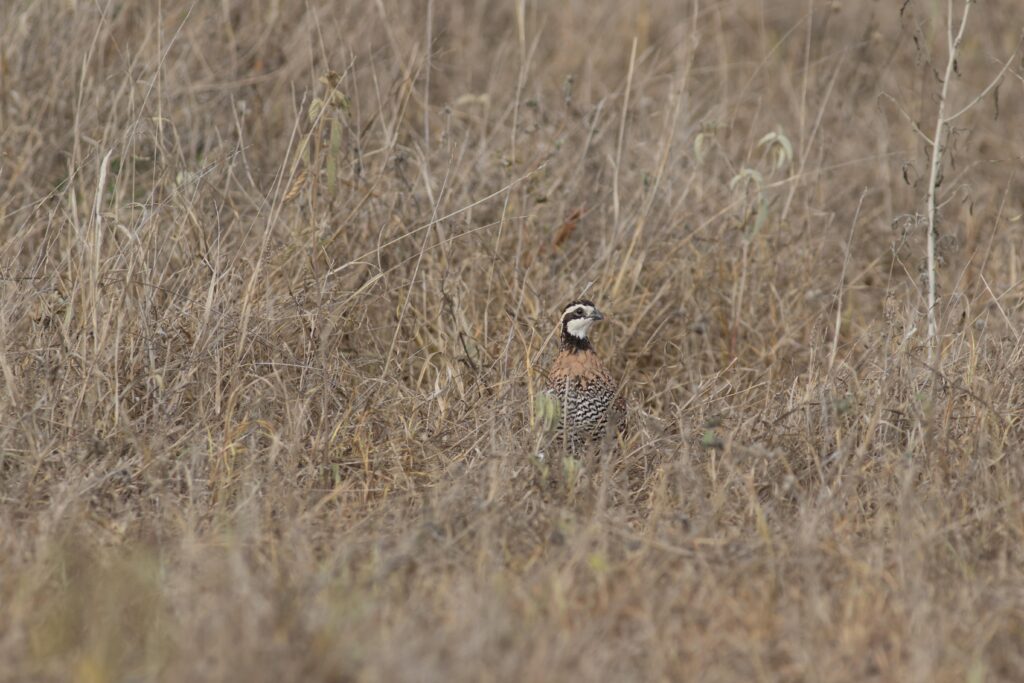
- 12.19.22
Management Bulletin No. 8: Designing Quail Lanes to Increase Huntable Acreage and Distribute Hunting Pressure
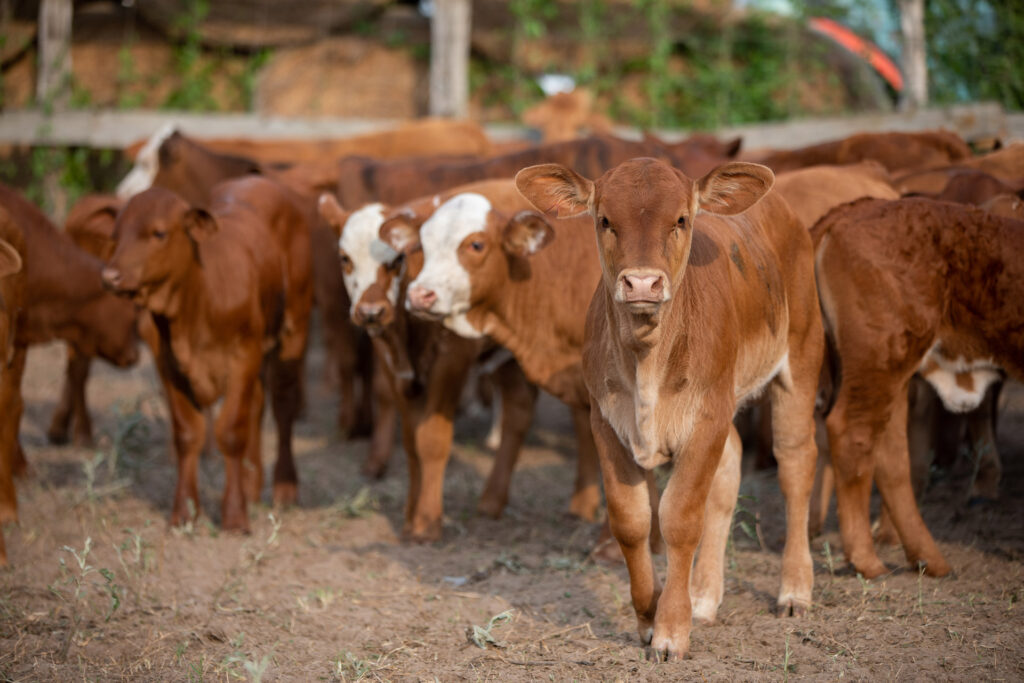
- 09.12.22
Management Bulletin No. 7: Don’t Gamble on Stocking Rate: Knowing the Odds Makes for Better Bets
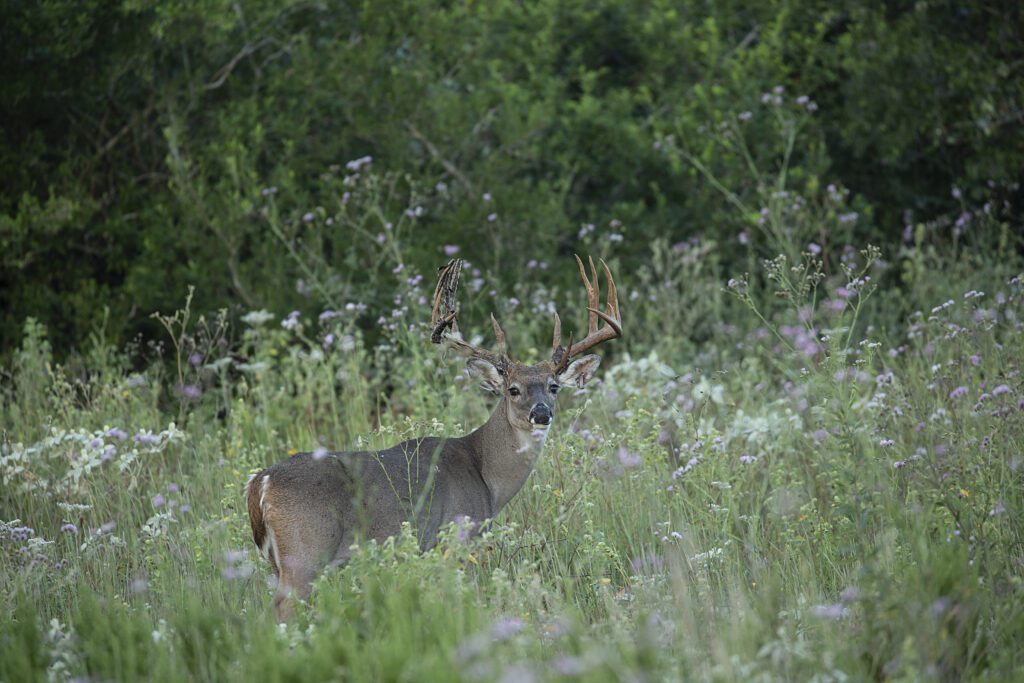
- 05.01.22
Management Bulletin No. 6: Aerial Surveys for Large Mammals in South Texas: Are Conventional Surveys Good Enough?
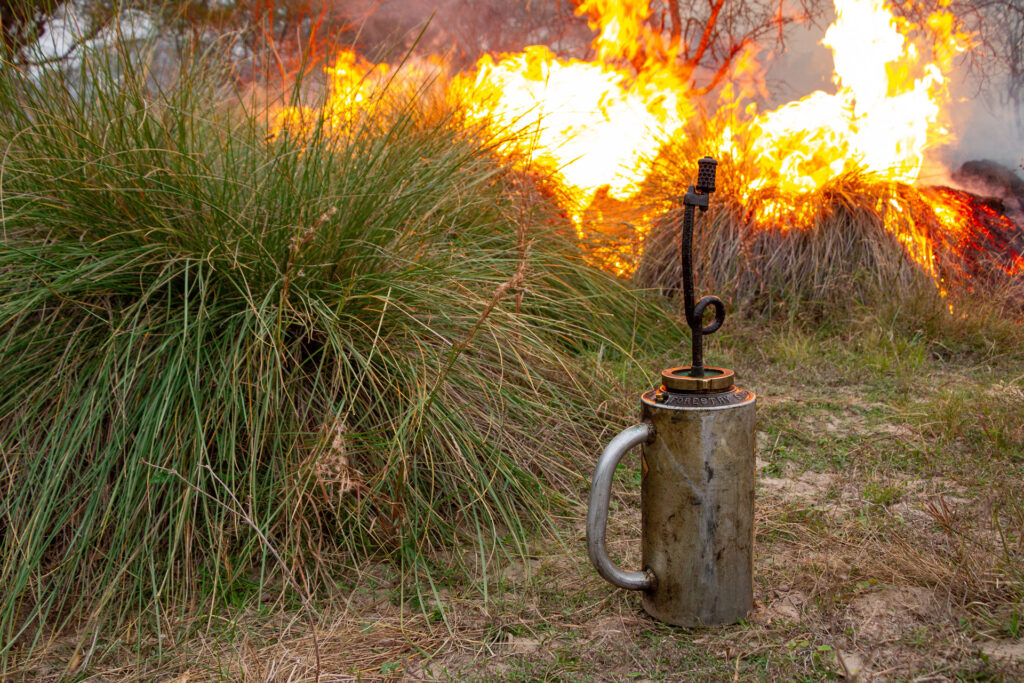
- 12.01.20
Management Bulletin No. 5: Patch Burning as a Management Tool for Coastal Rangelands in South Texas
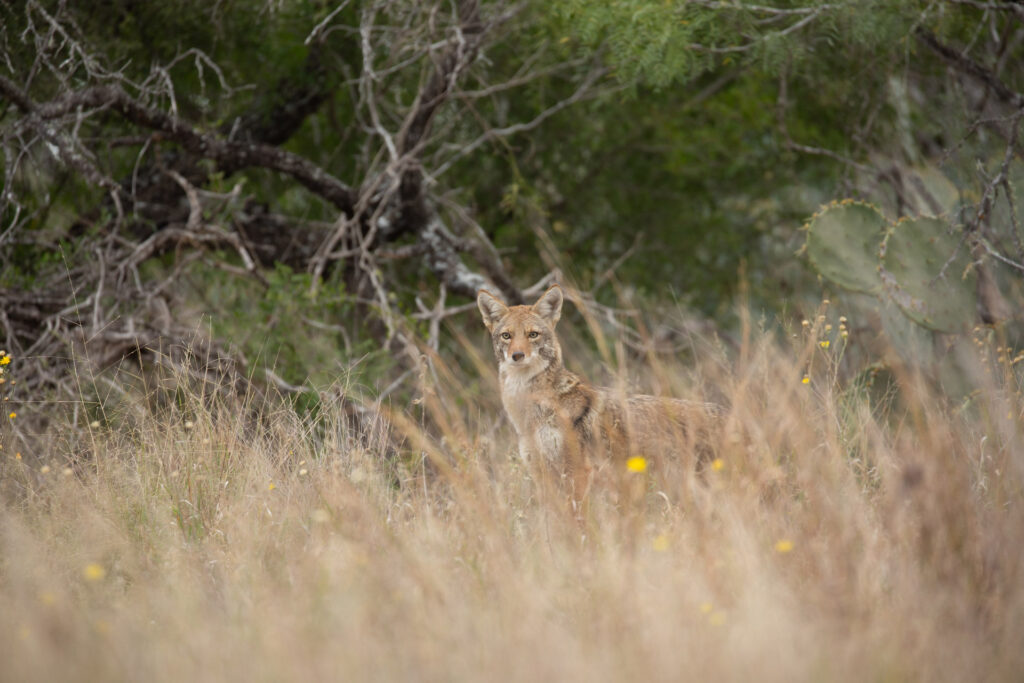
- 10.01.20
Management Bulletin No. 4: Coyote Conundrums, Shedding Light on Coyote Behavior to Inform More Effective Management
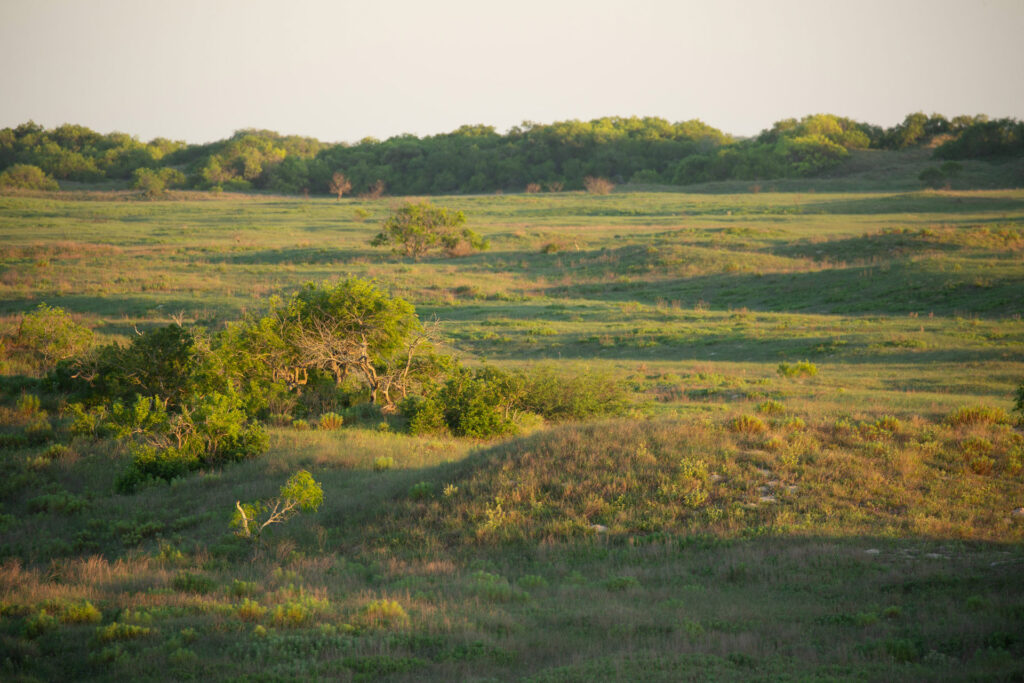
- 09.01.20
Management Bulletin No. 3: Searching for an Optimal Grazing Strategy, Phase I Outcomes from the Coloraditas Grazing Research and Demonstration Area
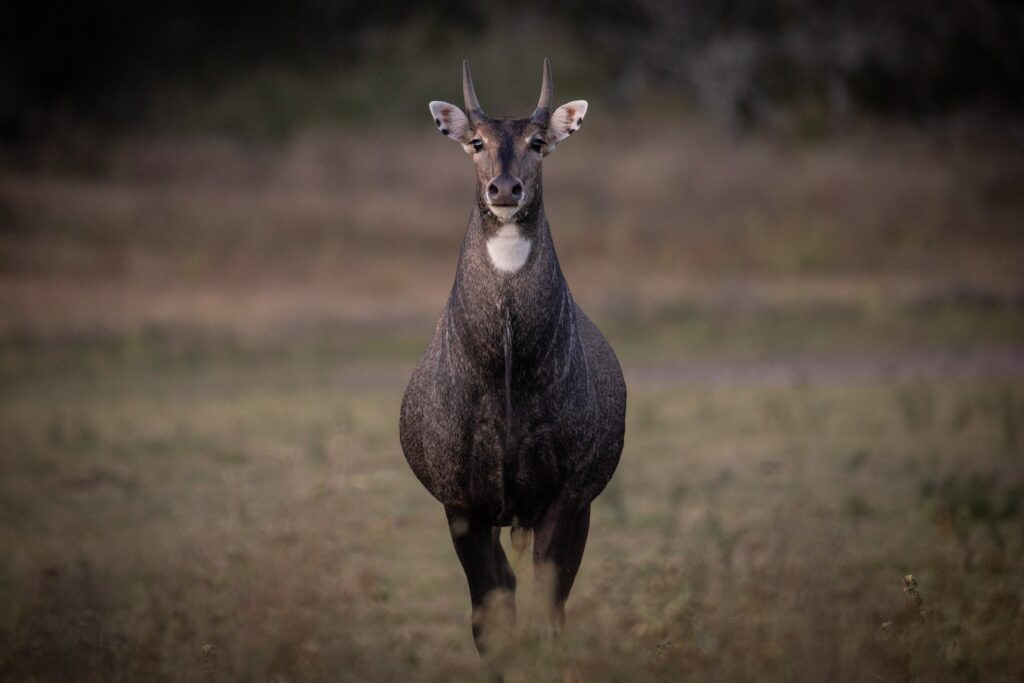
- 06.01.20
Management Bulletin No. 2: Solving the Mystery of How to Treat Nilgai for Cattle Fever Ticks
Ranching
See How Our
Livestock Research Informs Our Ranching
Lorem ipsum dolor sit amet, consectetur adipiscing elit, sed do eiusmod tempor incididunt ut labore et dolore magna aliqua. Ut enim ad minim veniam, quis nostrud exercitation ullamco laboris nisi ut aliquip ex ea commodo consequat.

Learn How Science Informs Our Decisions
We believe that effective ranch management results from precise measurement and analysis. By implementing the results from various research initiatives, we can make informed choices that optimize our ranching practices for long-term sustainability and productivity.
